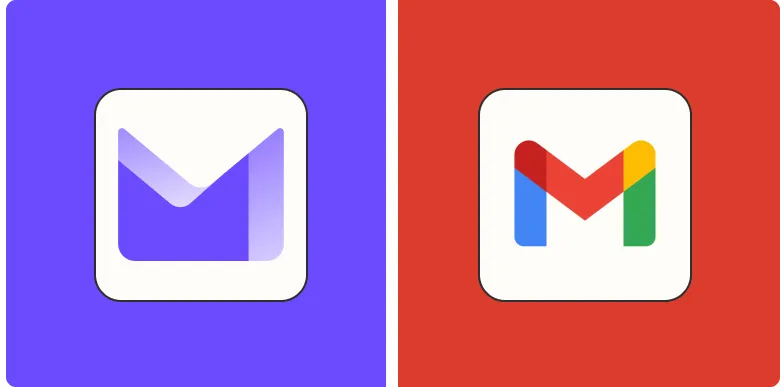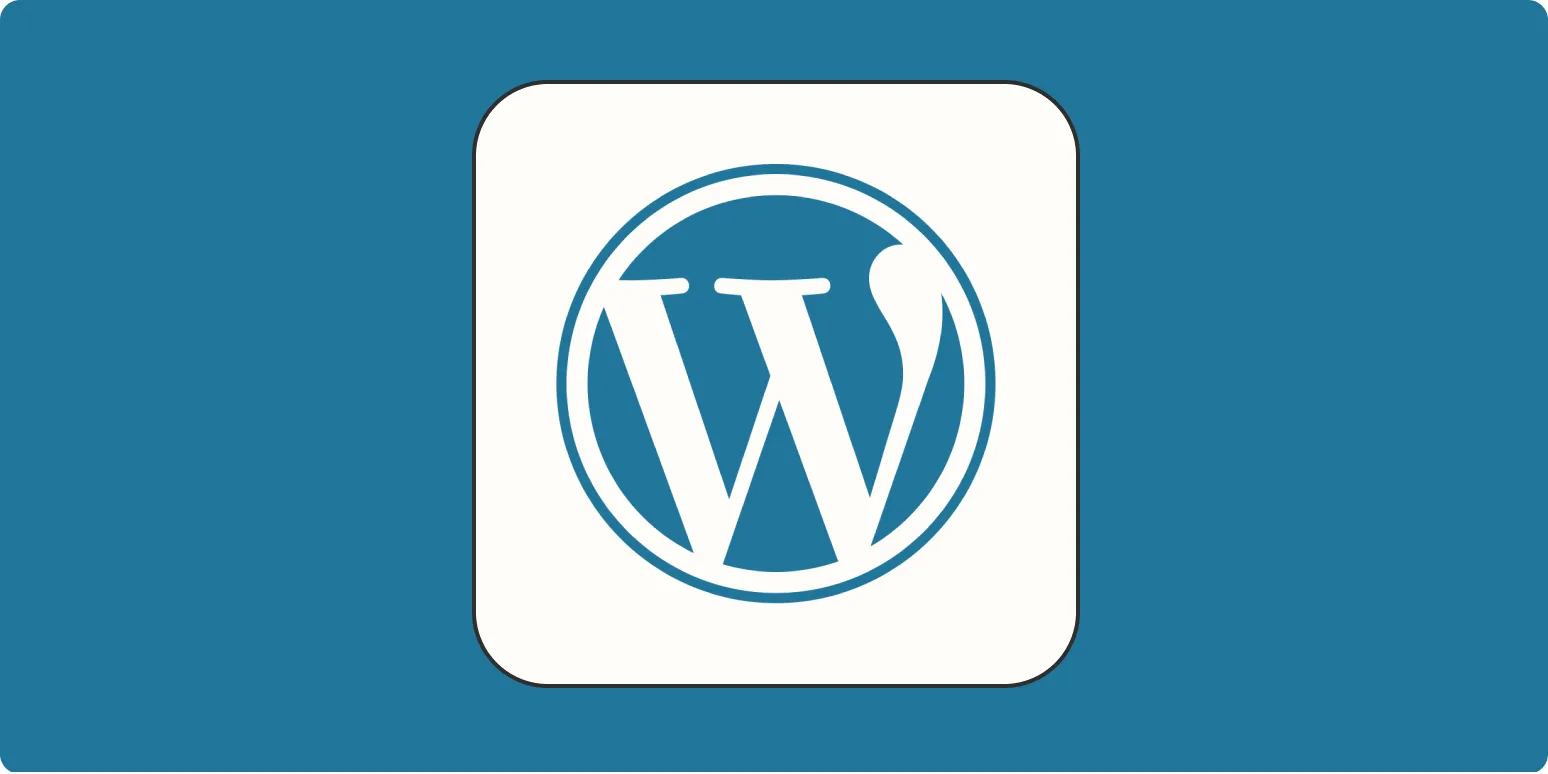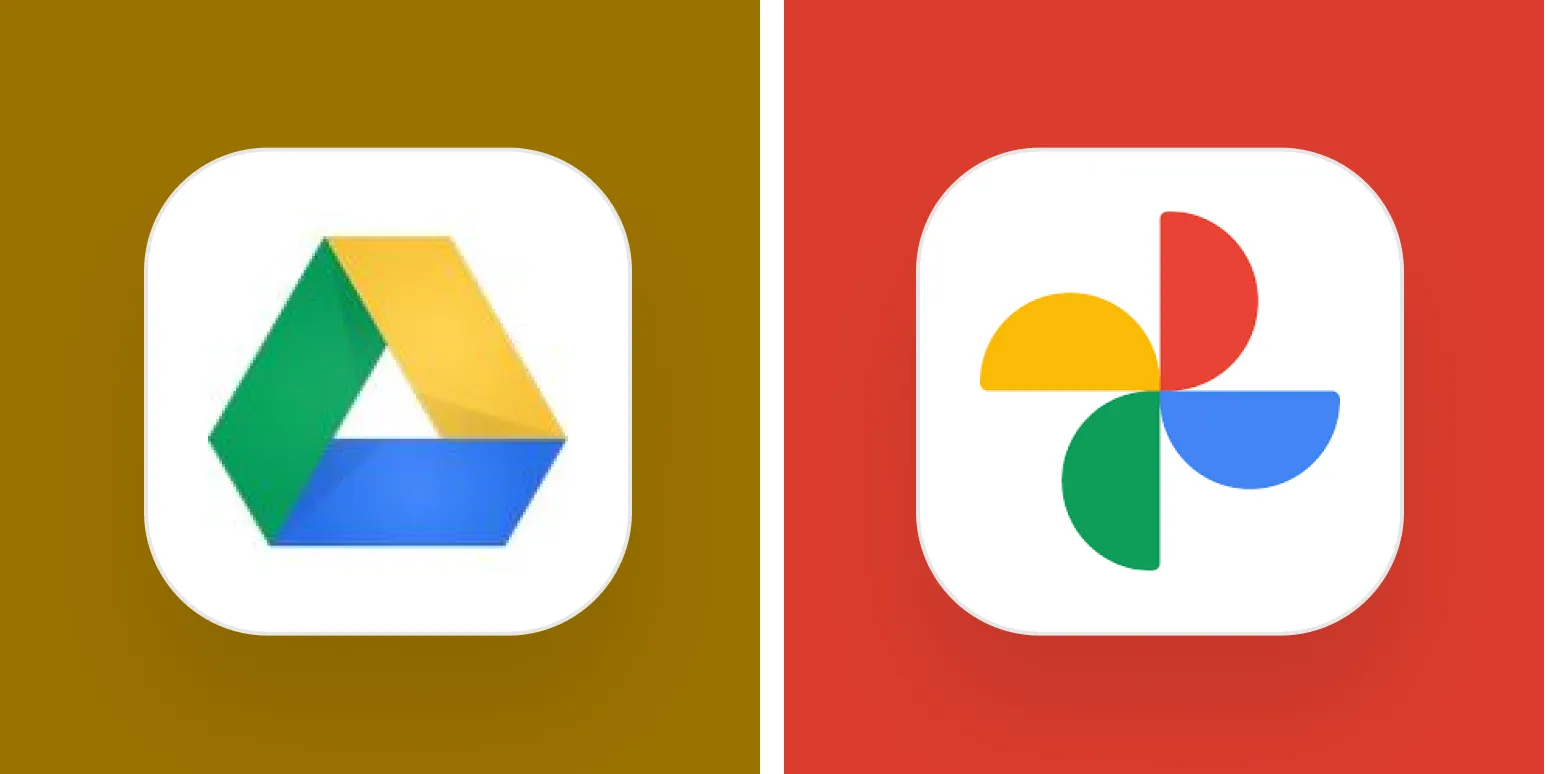When it comes to choosing an email service, many users find themselves torn between ''Proton Mail'' and ''Gmail''. Both platforms offer unique features catering to different user needs, but which one is right for you? Let’s explore the key differences and help you make an informed decision.
Privacy and Security
One of the most significant distinctions between Proton Mail and Gmail lies in their approach to privacy and security. Proton Mail is designed with ''end-to-end encryption'', meaning that your emails are encrypted on the sender’s device and can only be decrypted by the recipient. This ensures that even Proton Mail itself cannot read your messages.
On the other hand, Gmail, while offering robust security measures, does not provide the same level of encryption. Gmail scans emails for targeted advertising purposes and may share data with third parties, which could be a concern for privacy-conscious users.
User Interface and Experience
Both ''Proton Mail'' and ''Gmail'' offer user-friendly interfaces, but they cater to different preferences. Gmail features a familiar layout, with a wide array of functionalities and integrations that can enhance productivity. Users can access Google Drive, Google Calendar, and various other applications seamlessly from their Gmail account.
Proton Mail has a more minimalist design that emphasizes security. While it lacks some of the advanced features of Gmail, its simplicity and focus on privacy make it appealing to users who prioritize security over additional functionalities.
Storage and Pricing
When it comes to storage, both services offer varying options. Below is a comparison chart highlighting the storage and pricing plans:
| Service | Free Plan Storage | Paid Plan Storage | Monthly Cost (Paid Plans) |
|---|---|---|---|
| Proton Mail | 500 MB | Up to 20 GB | €5/month (Plus Plan) |
| Gmail | 15 GB (shared with Google Drive and Photos) | Up to 30 TB (via Google Workspace) | $6/month (Business Starter) |
While Proton Mail offers a competitive paid plan, its free storage is significantly less than Gmail’s. If you require ample storage space, especially for large attachments, Gmail may be the better choice.
Integration with Other Services
Gmail shines in terms of integration capabilities. It works seamlessly with other Google services, such as Google Drive, Google Docs, and Google Meet. This interconnected ecosystem can significantly boost productivity for users who rely on these tools.
Proton Mail, however, does not offer the same level of integration with third-party applications. This limitation may be a drawback for users who depend on various applications for their workflow. However, Proton Mail does provide some integrations designed to maintain user privacy.
Customer Support
Both Proton Mail and Gmail offer customer support, but their approach differs. Proton Mail provides support via email for free accounts, while paid accounts receive priority support. The response time may vary, and users have reported longer wait times for free account support.
In contrast, Gmail offers extensive help resources through their Help Center, along with community forums where users can seek assistance. Businesses using Google Workspace can access dedicated support, making Gmail a preferred choice for organizations needing reliable support.
Conclusion: Which is Right for You?
Choosing between ''Proton Mail'' and ''Gmail'' ultimately depends on your specific needs:
- If ''privacy'' and ''security'' are your top priorities, and you seek a straightforward email service, ''Proton Mail'' may be the ideal choice for you.
- If you require extensive storage, robust integrations, and a feature-rich environment, ''Gmail'' is likely more suited to your needs.
Consider your email usage patterns, the significance of privacy in your communications, and how much storage you require before making a decision. Both services have their strengths and weaknesses, and your choice should align with your personal or professional requirements.





